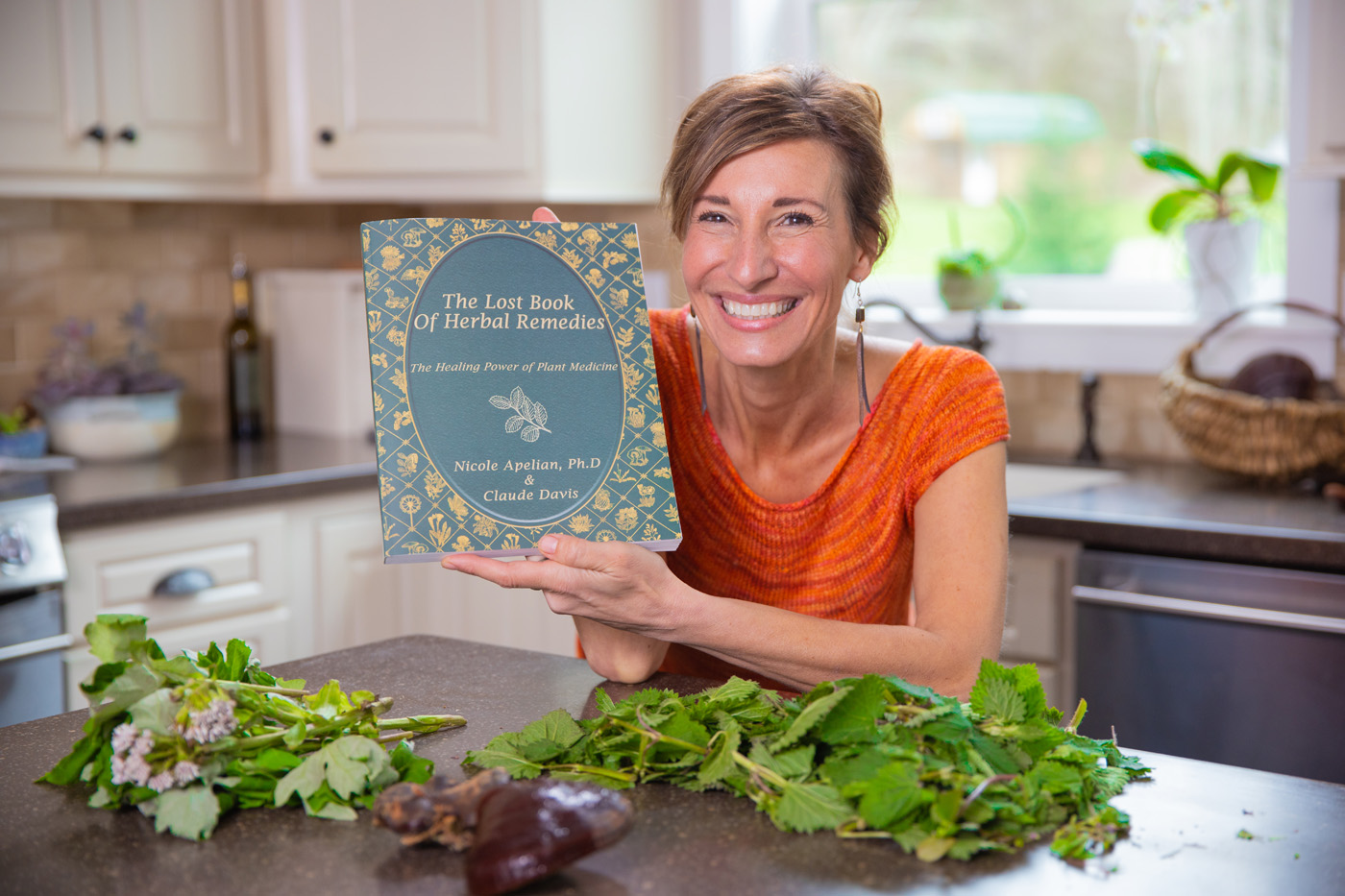Autumn is almost here. It is time for Jerusalem artichokes!
With autumn rapidly approaching, one of my favorite vegetables is just about ready for harvest: Jerusalem artichoke. If you have never tasted this delicious tuber, you are in for a treat! It has a wonderfully sweet and nutty flavor that is very similar to its namesake. What’s more, Jerusalem artichoke has several significant health benefits, including: blood sugar control, supporting beneficial gut bacteria, and enhancing the immune system. Many times you can find it at your local farmers market in the autumn or, better yet, grow it yourself! It’s easy to cultivate.
Basic Identification: Growing up to 10 feet (3 meters) tall with sunny yellow flowers, Jerusalem artichoke is hard to miss in the garden. Rough, hairy leaves face each other on the top part of the stem, while the lower leaves alternate and are larger — up to a foot long. Yellow flowers are composed of 60 or more disc florets in the flowerhead, which are surrounded by 10 to 20 ray florets. Look for small sunflower seeds growing on the disc. The flowerhead grows up to 4 inches (10 cm) in diameter.
Where Does It Grow? Jerusalem artichoke grows in many parts of North America and thrives in temperate climates with sandy soil.
Edible Uses: With a sweet and nutty flavor when cooked, the root tuber tastes similar to an artichoke. I substitute it for potatoes and find these roots delicious! Jerusalem artichoke can be roasted, fried, or steamed. They can also be eaten raw (though may make you gassy – peeling them helps), dehydrated and ground into a flour, or pickled. The root is similar to a radish in crunch when eaten raw.

Recipe. Sage and Garlic Roasted Jerusalem Artichoke. Preheat oven to 350ºF. Peel and quarter four cups of fresh tubers and place in a large bowl. Set aside. Finely chop 1/2 cup fresh sage and 3 cloves garlic. Drizzle 1/4 cup extra-virgin olive oil over the tubers and toss with the sage, garlic, and 1/2 teaspoon sea salt. Transfer to a roasting pan and spread evenly in a single layer. Roast uncovered for 45 minutes until golden-crisp on the outside, soft on the inside.
Medicinal Uses: Jerusalem artichoke is helpful for digestive ailments, immune health, and diabetes. It is an excellent prebiotic and is a good source of plant-based potassium, iron, and protein.
Here are my top 3 uses for Jerusalem artichoke:
Digestive Health. Often consumed for their prebiotic fiber, Jerusalem artichoke helps to encourage beneficial gut flora. It also stimulates gastric secretions to help control indigestion, dyspepsia, and slow digestion. However, it can cause digestive upset in some people. Start slow with Jerusalem artichoke and see how you do with it.
Immune Support. Jerusalem artichoke enhances the immune system by supporting the body’s defense mechanisms against bacteria and viruses, and by helping to increase white blood cell counts.
Blood Sugar Control. Containing approximately 76% inulin (a soluble, prebiotic fiber, not to be confused with insulin), fresh Jerusalem artichokes help to regulate blood sugar levels in those with diabetes. Interestingly, the inulin is converted to fructose when the root is stored, which gives the tubers its sweet taste. The region where the plant is grown matters. Those in warmer climates produce higher inulin levels than plants in cooler regions.
Safety: Jerusalem Artichokes can cause digestive upset and excessive gas in sensitive individuals. Peeling it helps!

Grow Your Knowledge of Medicinal and Edible Plants
Would you like an in-depth knowledge about herbal remedies? Have a look at The Lost Book of Herbal Remedies: The Healing Power of Plant Medicine. In it I provide detailed identification, harvesting, and application advice for Jerusalem artichoke and many other easy-to-find plants. This essential guide also shows you how to make tinctures, oil infusions, distillations, poultices, salves, decoctions and more right in your own home.
Nicole Apelian




